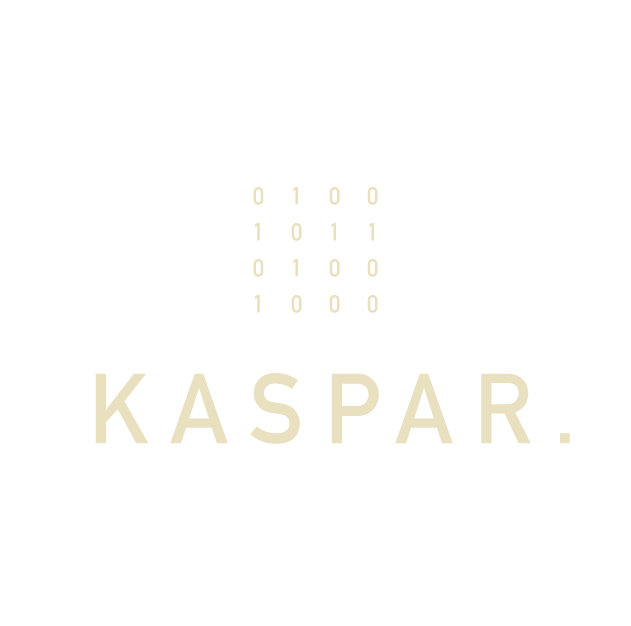SPEAX
SPEAX is an AI-powered video translation platform that offers fast and accurate transcription and translation services for videos in various languages.
Video Transcription Video Translation Subtitling DubbingTool Information
| Primary Task | Video translation |
|---|---|
| Category | ai-and-machine-learning |
| Sub Categories | video-to-text translation audio-to-text video-editing |
| Pricing | From $19/mo |
| Country | Switzerland |
| Industry | information technology & services |
| Technologies | Cloudflare DNS, Outlook |
| Website Status | 🟢 Active |
SPEAX is a cutting-edge AI-powered video translation platform designed to break down language barriers and make video content accessible to a global audience. Its core functionality centers around automated transcription and translation of videos, offering a streamlined workflow for content creators, businesses, and educators. SPEAX leverages advanced machine learning algorithms to accurately transcribe audio from videos and then translate the transcribed text into multiple languages, maintaining the nuances of the original language as much as possible. The platform offers features such as customizable subtitles, multiple audio track options, and integration capabilities with other video editing and publishing tools. This allows users to easily add translated subtitles or dubbing to their videos, making them readily understandable for international viewers. SPEAX's target audience includes content creators seeking to expand their reach, businesses aiming to globalize their marketing efforts, and educational institutions needing to translate lectures or training materials. Its unique selling points include its speed, accuracy, and ease of use, making the process of video translation significantly more efficient than traditional methods. The platform's intuitive interface requires minimal technical expertise, allowing users to quickly upload their videos and receive translated versions. SPEAX works by first processing the video to extract the audio, then using its AI engine to transcribe the audio into text. This text is then translated into the selected target language using another AI model trained on vast multilingual datasets. Finally, the translated text is synchronized with the original video to create subtitles or dubbing tracks. The platform continuously learns and improves its accuracy through ongoing model training and updates.
At Speax.ai, we're revolutionizing video localization with advanced AI. Our cutting-edge technology synchronizes lip movements, clones voices, and provides seamless, accurate translations. Whether for education, entertainment, or corporate training, we break language barriers to help you connect with global audiences effortlessly.
| Pros |
|---|
|
| Cons |
|---|
|
Frequently Asked Questions
1. What is SPEAX?
SPEAX is an AI-powered video translation platform designed to make video content accessible globally. It offers fast and accurate transcription and translation services for videos in various languages, streamlining workflows for content creators, businesses, and educators.
2. What are the main tasks SPEAX performs?
SPEAX's primary task is video translation. It also offers video transcription, subtitling, and dubbing services.
3. How does SPEAX translate videos?
SPEAX first processes the video to extract audio, then uses AI to transcribe the audio into text. This text is translated into the selected language using another AI model, and the translated text is synchronized with the original video to create subtitles or dubbing tracks.
4. Who is the target audience for SPEAX?
SPEAX targets content creators aiming to expand their reach, businesses seeking to globalize marketing, and educational institutions needing to translate lectures or training materials.
5. What are the advantages of using SPEAX?
SPEAX offers fast processing speeds and claims accurate translation. It also features a user-friendly interface, making video translation more efficient than traditional methods.
6. What are some limitations of SPEAX based on the provided information?
Information on pricing and the specific languages and features supported by SPEAX is currently limited.
7. What category does SPEAX belong to?
SPEAX falls under the category of AI and Machine Learning.
 AI Tool Buzz
AI Tool Buzz
 Perplexity
Perplexity Qwen
Qwen Hailuo AI (MiniMax)
Hailuo AI (MiniMax) Kaspar AI
Kaspar AI